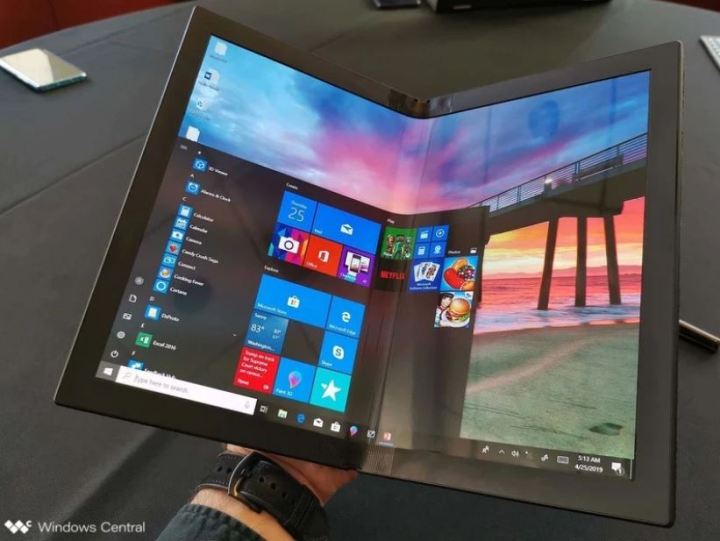Intel has just announced that it’s working on a new foldable display spec that may open the door to a whole new level of computing.
The company believes that the first foldable laptops are not far off and may hit the market as soon as later this year.

Intel seems to have big plans for the new foldable display spec in the form of a large foldable screen laptop that can adapt to a variety of use cases. Built to meet all the Intel Evo requirements, the computers should be responsive and offer quick charging, satisfactory battery life, and instant wake. The latest Intel Evo also includes Intel’s latest 12th-gen Alder Lake chips.
Up until now, foldable screens have been more of a novelty than a functional piece of technology, but it’s impossible to deny the potential is definitely there. A foldable laptop or PC can offer flexibility that similar devices can’t achieve, displaying content in all kinds of different modes, including laptop, tabletop, tablet, and journal mode. Manufacturing a device that can support all these modes with equal success seems to be Intel’s current goal.
While this type of flexibility is already being offered to some extent by some of the best 2-in-1 laptops, foldable displays could one day have the upper hand. When the entire screen can fold, the user is given access to new viewing angles and possibilities. Using one continuous screen as opposed to two separate screens can come in handy, especially when the device can later be folded to match current tasks.

Unfortunately, this technology has been far from polished thus far. Foldable PCs utilize Windows, and Windows 10 has not been optimized to make the most of the screen’s potential. So far, Microsoft hasn’t said anything about further optimization for foldable screens in Windows 11. However, it’s possible that with Intel’s plans for this year, we may be seeing support for foldable displays in the next huge Windows update.
Lenovo has already launched a device similar to what Intel may be aiming for, the Lenovo ThinkPad X1 Fold. While undoubtedly a novelty, it didn’t achieve widespread success: The laptop lacked in performance and the absence of support from Windows certainly didn’t help.
As Intel has announced that the new and updated foldable laptops should begin shipping in 2022, we may soon hear from Intel’s partners as they begin releasing these PCs. So far, it seems that all foldable laptop models will rely on Intel chips, as AMD hasn’t revealed any similar plans.



